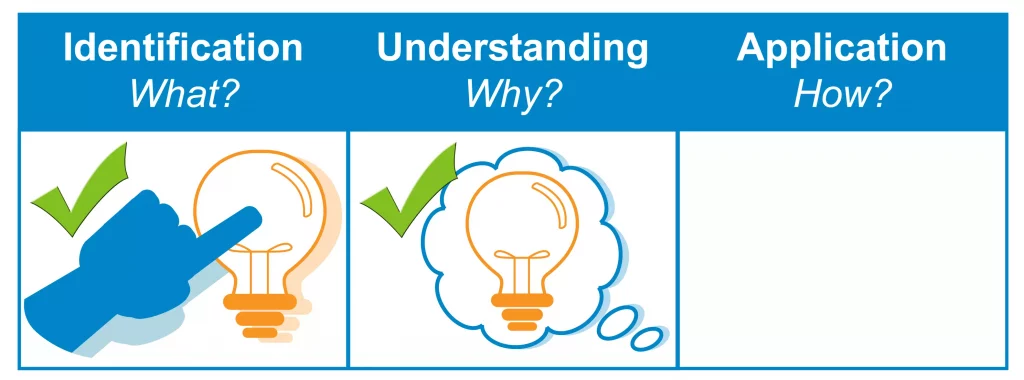Course Description
The Bolted Joint Basics course will help a learner understand the different types of physical principles that must be taken into consideration with a bolted joint, the concepts that allow a bolted joint to work, and the common tools used to assemble and control a bolted joint.
Who will benefit from this Bolted Joints course?
Quality, manufacturing, engineering, designing, testing, purchasing, and sales function at organizations that require an understanding of bolted joints, their specific characteristics, assembly methods and tools, and testing equipment used to verify and its specific characteristics.
Course Classification

*THORS uses the Bloom’s Taxonomy Methodology for our course development.
Certificate Awarded for Bolted Joint Basics

*upon successful completion
Related Posts

Training Programs are Critical to Attracting and Retaining Talent
In today’s rapidly changing business landscape, organizations face a unique set of challenges in finding, hiring, and retaining top talent. The tight labor market has

Benefits of eLearning in Manufacturing
In the world of manufacturing, training is essential. Every employee needs to understand how to use equipment, follow procedures, and maintain quality standards. With the advent

Upskilling in the Manufacturing Industry with THORS
In today’s rapidly evolving manufacturing industry, staying up to date with the latest technologies and processes is crucial to remaining competitive. Upskilling in the manufacturing industry





